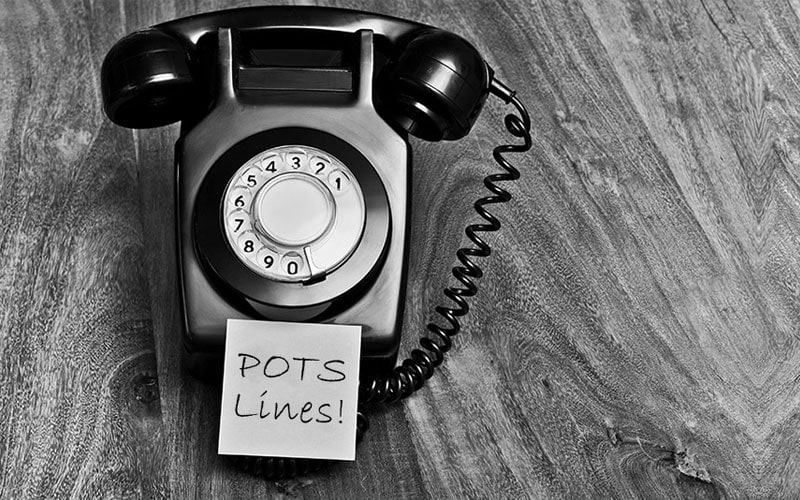
POTS (Point-to-Telegraph Service) lines are networks for voice communication over copper cables. Since the 1880s, these systems have become the standard voice-grade telephone system. They are an upgrade from the primitive telephone system invented by Alexander Graham Bell. Let’s take a closer look at how these lines work. You’ll be able to make and receive calls without difficulty, and they’re also a cost-effective choice for business phone lines.
Business phone line repricing is available.
Today, many organizations are still using the old-fashioned phone system called POTS. These lines run on old-fashioned copper wires, which provide connectivity to a central switching system. Although they are considered traditional phone services, they can cost an organization anywhere from twenty to sixty dollars a month.
However, POTS lines aren’t without their disadvantages. First, they are susceptible to damage. This is because copper wires are always exposed to the outside world and can be damaged by natural disasters or bad weather. Additionally, they require constant maintenance, which can unnecessarily burden the company’s budget. So it makes sense to consider switching to a digital phone system in such a scenario.
Maintenance costs
In the United States, there are approximately 36 million POTS lines. These lines cost an average of $65-100 per month. This is compounded by the FCC mandate to eliminate copper POTS lines by 2022.
Older technology is that it is difficult to maintain. As a result, lines and hardware can become damaged and unusable. In addition, the technology may be obsolete, and repair or POTS line replacement is difficult.
Reliability
While POTS lines used to be a staple of the communications infrastructure, they’ve gone out of style with the rise of cellular and voice-over IP standards. While POTS lines are not as reliable as IP-enabled devices, they’re still used for emergencies. In addition to being reliable, POTS lines also allow installing features such as temperature sensors, water meters, and fire alarms.
The reliability of POTS lines is still an important aspect for many organizations. For example, many businesses use credit card swipe machines with POTS lines, while others use cellular or a combination of both. Businesses cannot continue running these machines when the Internet goes down, but if they use POTS lines, they can continue processing credit cards. That way, they can avoid losing thousands of dollars in sales.
Cost
If you want to lower the cost of your communication system, you may want to consider replacing your existing POTS lines with alternatives. For example, you may wish to eliminate your old alarm and modem lines. You could also consider switching to wireless connections, which have fewer fees and surcharges. By implementing the latest technology, you can also lower the cost of your business’s wireless connection.
The current market for POTS lines is highly competitive. In addition, the cost of maintaining your phone lines and acquiring replacement equipment is becoming more expensive. As a result, many companies have begun raising the rates of their communication services to meet customer demands, and the cost of maintaining a POTS line has increased by nearly three-quarters in the last decade. If current trends continue, the cost of your POTS service could increase by as much as seventy percent by 2026.
Conversion to fiber
You might consider converting POTS lines to fiber. Copper wiring is susceptible to electromagnetic interference and cannot transfer data at low error rates. Fiber is a dielectric material that can transmit information. Most high-voltage power transmission lines are constructed with fiber optics in the middle.
Because of this, they are getting a converter that can fit into your existing copper infrastructure is important. These converters provide the same benefits as fiber installation but require fewer resources addition; many carriers are planning to replace POTS lines in the coming months.
Alternatives
Finding one that matches your business priorities is important when deciding between POTS lines and alternative technology. Consider your service quality, scalability, and security needs. You may find that the right solution can cut costs by up to 50%. Additionally, they are STIR/SHAKEN standards compliant. Another great option is an ATA (Analog Telephone Adapter), which allows you to plug analog devices into your existing LAN without requiring a POTS upgrade.
Another good alternative to POTS lines is cloud fax services. This technology is specifically designed to meet the needs of businesses. With cloud fax services, you can receive and send faxes through the Internet without using a POTS copper wire infrastructure.







